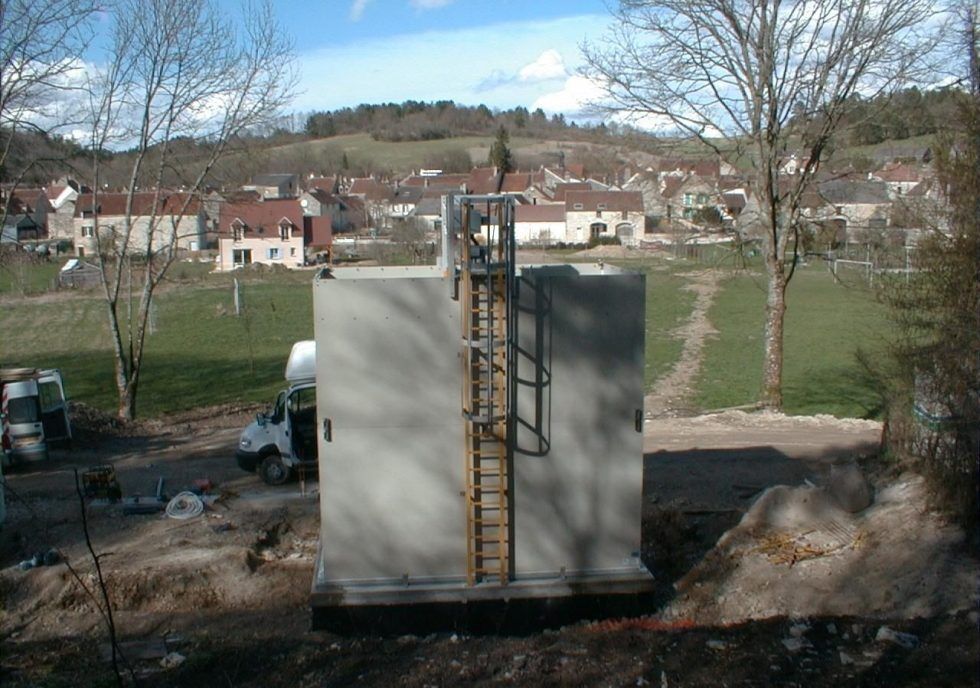Wastewater treatment using a trickling filter has many advantages for operators of wastewater treatment plants, including ease of use and limited operating costs. This bacterial bed is a biological treatment process for effluents (water to be treated) based on the principle of fixed culture, which can be integrated upstream of a rhizofiltration system.
Materials (Crosspack 22) are used to support the purifying micro-organisms, which form a biological film. The bacteria contained in this biological film will ‘wash’ the wastewater.
Why should you choose to treat your wastewater using a trickling filter?
- No nuisances (odours, noise, appearance)
- Reduced site coverage
- Modular structure
- Integration into the natural environment
- Significant reduction in the amount of slurry
- Low energy consumption
- Simple management
Trickling filters purify the wastewater in various applications:
- Treatment of urban effluents (wastewater)
- Treatment of effluents from the food industry
- Treatment of industrial effluents












